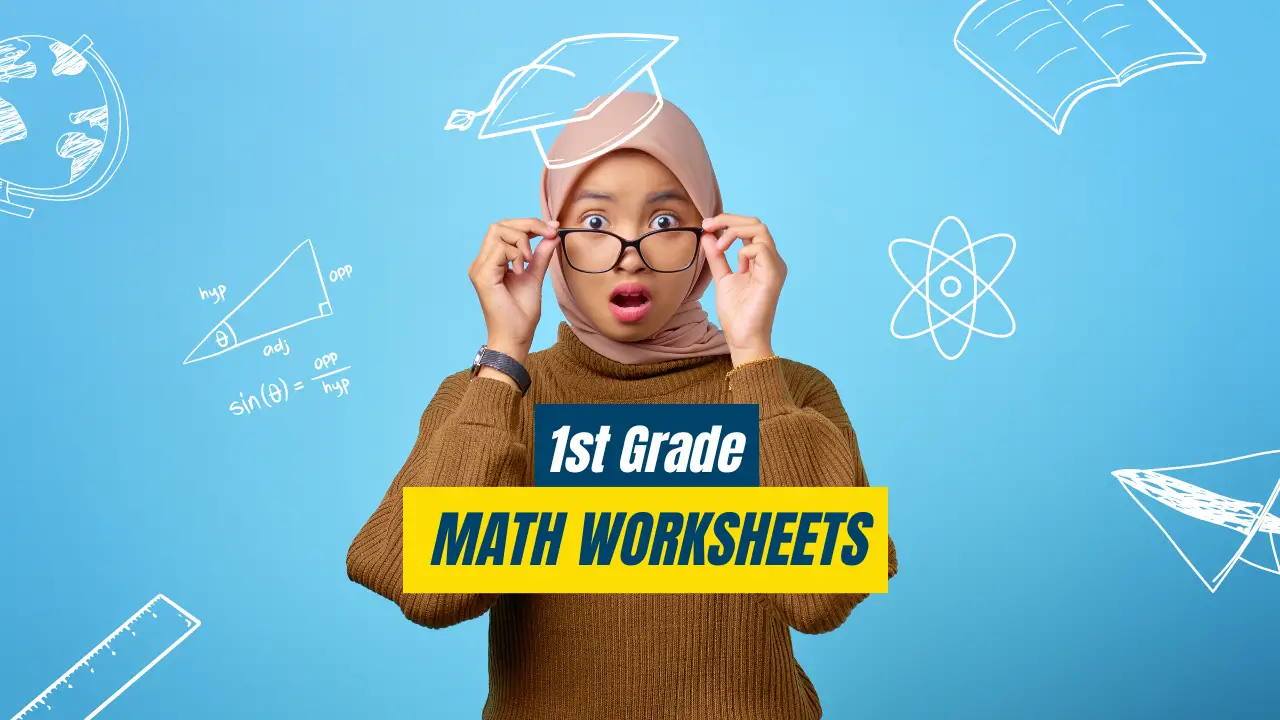
Table of Contents
Measurement is a fundamental skill that helps young learners understand the world around them. For 1st graders, grasping the concepts of size, length, weight, and capacity is crucial as they develop their mathematical reasoning. These concepts form the foundation for more advanced mathematical operations and problem-solving skills in later grades.
Our 1st grade measurement worksheets are designed to introduce students to the basics of measurement, focusing on length, weight, and capacity. Through engaging activities, students can explore these concepts in a hands-on way, making learning both fun and effective.
Length Worksheets: Understanding the Basics
- Longer or Shorter?
- Students are introduced to the idea of comparing the lengths of different objects. This exercise helps them grasp the concept of relative size by identifying which object is longer or shorter. For example, comparing the length of a pencil to that of a crayon.
- Taller or Shorter?
- Similar to the previous exercise, but with a focus on height. Students learn to compare the heights of various objects, such as comparing the height of a chair to that of a table.
- Order 3 Objects by Length
- In this activity, students are given three objects of varying lengths and are asked to order them from shortest to longest or vice versa. This reinforces their understanding of relative length.
- Measure Lengths in Non-Standard Units
- Before diving into standard units like inches and centimeters, students practice measuring lengths using non-standard units such as paper clips, blocks, or even their own feet! This helps them develop an intuitive sense of measurement.
- Measure Lengths in Inches and Centimeters (Metric)
- Once students are comfortable with non-standard units, they move on to measuring lengths using rulers marked in inches and centimeters. This introduces them to the customary and metric systems.
- Measuring Lengths with a Ruler
- Students practice measuring various objects with a ruler, both in inches and centimeters. This reinforces their understanding of how to use a ruler accurately.
- Comparing Lengths by Measuring
- In this activity, students measure the lengths of different objects and then compare them. This helps solidify their understanding of measurement and comparison.
Weight: Understanding Heaviness and Lightness
- Which Object is Heavier (or Lighter)?
- Students learn to compare the weight of different objects. They might compare a feather to a book or a toy car to a real car’s tire, helping them understand the concept of weight and how it varies between objects.
Capacity: Learning About Volume
- Which Object Holds More (or Less)?
- This exercise introduces students to the concept of capacity by comparing the volume that different containers can hold. For example, comparing a small cup to a large jug helps students understand the idea of volume and capacity.
Measurement Word Problems
- Length Word Problems
- Word problems are a great way to apply measurement skills in real-life scenarios. Students solve problems that involve comparing lengths, such as figuring out how much longer a ribbon is than a string.
- Length Word Problems (Metric)
- Similar to the standard length word problems but focused on the metric system, helping students get comfortable with centimeters and meters.
1st Grade Measurement Worksheets
Our 1st grade measurement worksheets are carefully crafted to introduce young learners to the essential concepts of measurement. By focusing on length, weight, and capacity through engaging and practical activities, students can develop a strong foundation in measurement. These skills will not only help them in their future mathematical endeavors but also in understanding the world around them.






